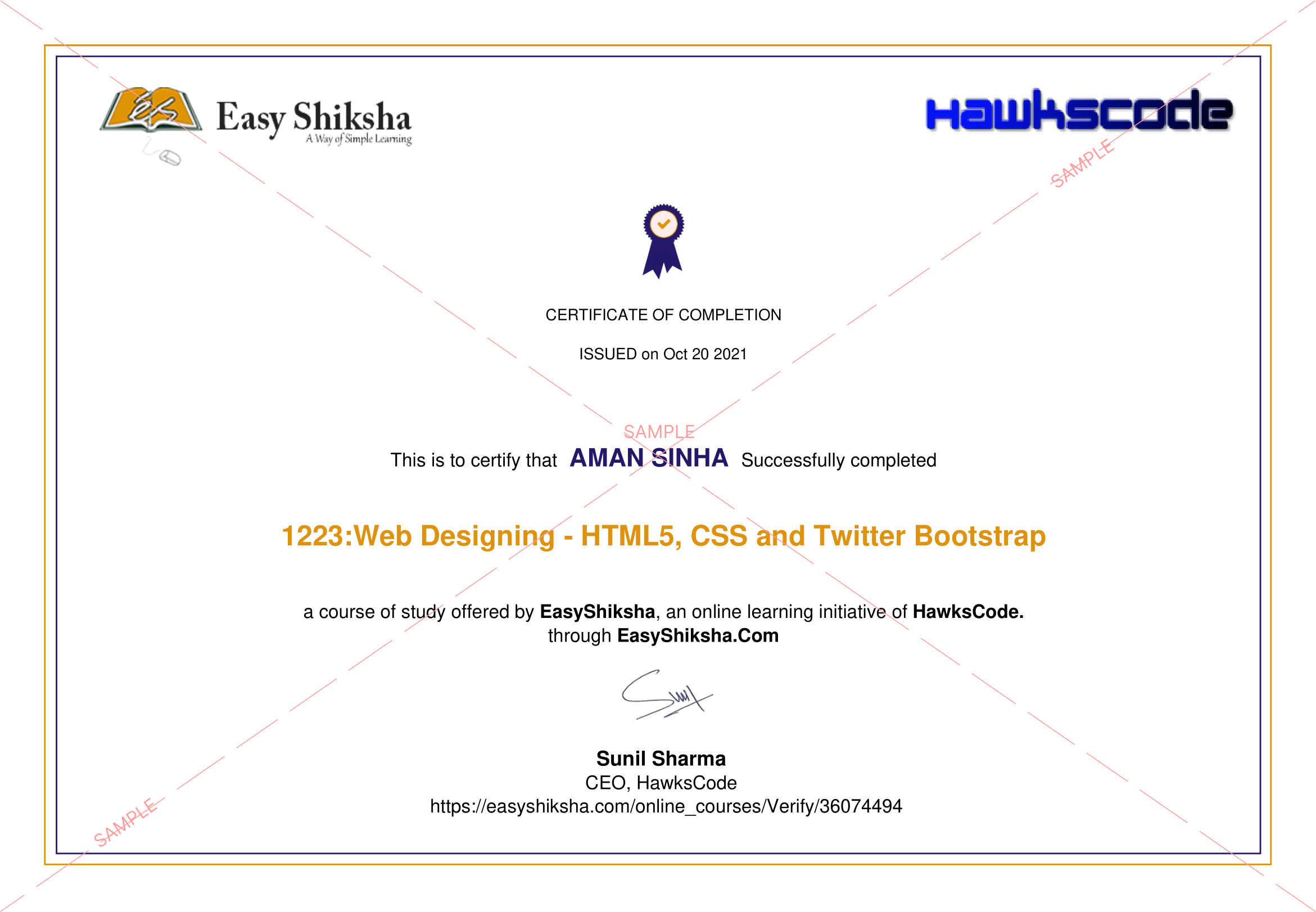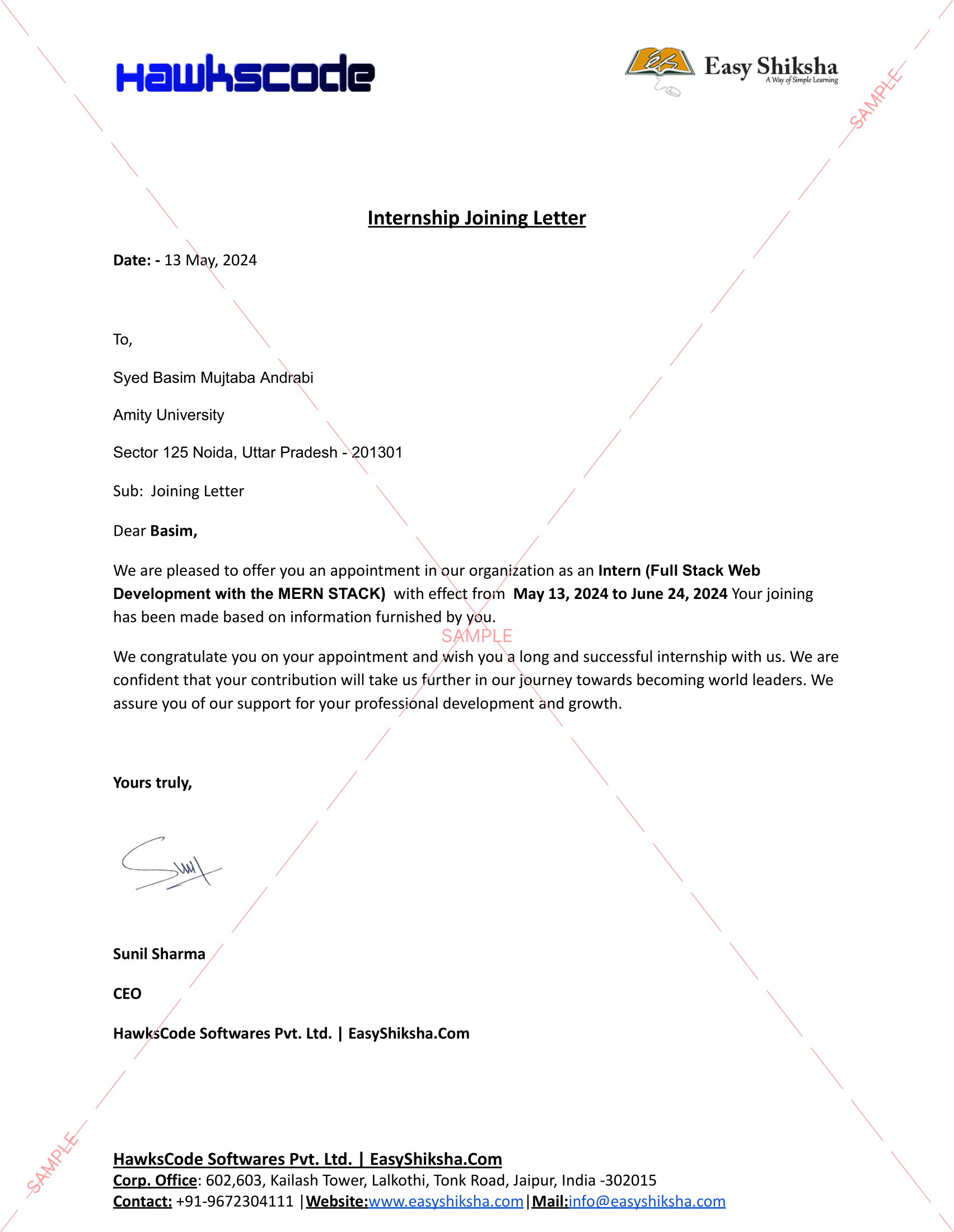





How Robots offers alternative view which can help us to embrace human view of disability.
In today's world technology has changed everything around us. Since there are lot of areas where the use of technology can change human life. Technologies offer us an alternative view. The digital age is shattering barriers, and what used to the norm is now being challenged.
What if we could change the environment, rather than the person? What if a virtual assistant could help a visually impaired person with their online shopping? And what if a robot “buddy” could help a person with autism navigate the nuances of workplace politics? These are just some of the questions that are being asked and which need answers as the digital age challenges our perceptions of normality.
The treatment of people with developmental conditions has a chequered history. In towns and cities across Britain, you will still see large Victorian buildings that were once places to “look after” people with disabilities; that is, remove them from society. Things became worse still during the time of the Nazis with an idealisation of the perfect and rejection of Darwin’s idea of natural diversity.
Today we face similar challenges about differences versus abnormalities. Arguably, current diagnostic systems do not help, because they diagnose the person and not “the system”. So, a child has challenging behaviour, rather than being in distress; the person with autism has a communication disorder rather than simply not being understood.
In contrast, the digital world is all about systems. The field of human-computer interaction is about how things work between humans and computers or robots. Philosopher Andy Clark argues that humans have always been natural-born cyborgs – that is, we have always used technology (in its broadest sense) to improve ourselves.
The most obvious example is language itself. In the digital age we can become truly digitally enhanced. How many of us Google something rather than remembering it? How do you feel when you have no access to wi-fi? How much do we favour texting, tweeting and Facebook over face-to-face conversations? How much do we love and need our smartphones?
In the new field of social robotics, developing a robot buddy to help adults with autism understand, for example, if their boss is pleased or displeased with their work. For many adults with autism, it is not the work itself that stops from them from having successful careers, it is the social environment surrounding work. From the stress-inducing interview to workplace politics, the modern world of work is a social minefield. It is not easy, at times, for us neurotypticals, but for a person with autism it is a world full of contradictions and implied meaning.
An autism-friendly environment is not just about the physical and sensory environment (many cinemas now offer autism-friendly screenings), but also the social environment. Reading emotions and understanding people’s underlying mental states and desires is one of the major challenges that people with autism face. Our robot buddy allows us to isolate the features of the face, to make them more discernible to people with autism, so they might better recognise the key features of when, say, someone is annoyed.
I hope you like this blog, to learn more visit HawksCode and Easyshiksha.
More News Click Here

Discover thousands of colleges and courses, enhance skills with online courses and internships, explore career alternatives, and stay updated with the latest educational news..

Gain high-quality, filtered student leads, prominent homepage ads, top search ranking, and a separate website. Let us actively enhance your brand awareness.